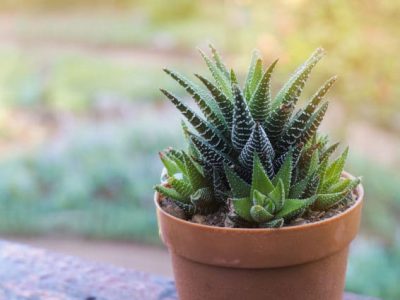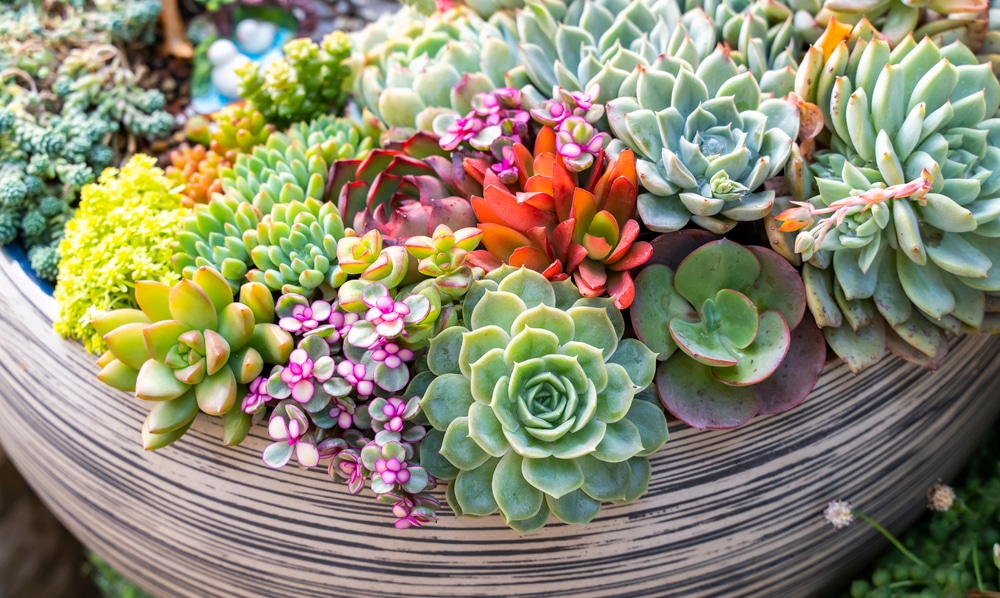Fancy Succulents and Cactus? Get to know more about them, up close and personal!
Cacti, though come from as far north as Canada, and many are even native to the rainforests. Like bromeliads, a lot of cacti are epiphytes, and the cacti that are forest dwelling species grow over forest trees. The desert dwelling variety of cacti can survive for really long periods of time without rainfall. They get their moisture from dew or mist and store nutrients and moisture in their tissues.
The word “succulent” means “juicy.” Succulent plants have leaves or stems that are filled with juices, the stored water and nutrients that allow the plant to grow. These leaves allow the plant to withstand harsh conditions all over the world. Normally, these leaves have a glossy or leathery appearance, and the texture actually helps protect them from excessive moisture loss.
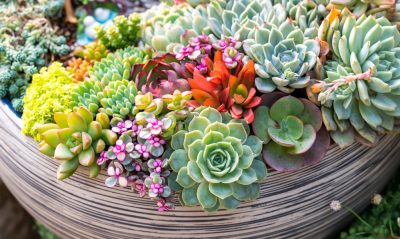
The native habitat for most cacti and succulents is a desert. Therefore, they will grow best in lots of light, good drainage, high temperatures and low moisture. However, there are some cacti and succulents, such as Schlumbergera, which have a native environment of a rainforest so prefer semi-shade and humid conditions. Because of their special ability to retain water, succulents tend to thrive in warm, dry climates and don’t mind a little neglect. This makes them well adapted to indoor growing and ideal for people desiring low-maintenance houseplants.
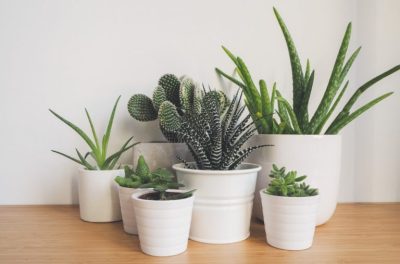
To care for a cacti and succulent, it is best to try to recreate their natural habitat. Here are the main things that you need to consider when caring for your cacti and succulents.
Location and Environment:
Most succulents like direct sunlight, but if all you have is a shaded corner in your house, go with low light-tolerant plants like mother-in-law tongue. If you plan to grow your succulent in a hanging planter, a trailing variety like string of bananas is a great choice. Containers must have drainage and not be too deep. Most succulents like slightly acidic soil (5.5-6.5pH). During the autumn and winter months, it is best for the plants to be kept cool at night with temperatures of around 8°C to 10°C. In the spring and summer the plants need good ventilation, but will survive in high temperatures
Water and Food
There is a common misconception that cacti and succulents only require a small amount of water. Even though they have water-storing characteristics in their leaves and stems which allow them to survive in dry habitats, they will certainly not thrive with little water. Watering is an essential part to how well your cacti or succulent grows. Overwatering will stunt growth, but under-watering causes shrivelling. Plants are hungry in spring, summer and early fall when they are actively growing. One can feed vermi compost to plants as it has NPK and other micro-nutrients.
Repotting
Cacti or succulent is pot bound, then the best time to re-pot is in the spring. Firstly water the plant and allow to drain before removing carefully from the pot. Clear away the old soil from the roots with a thin stick, such as chopsticks, so that you do not damage the roots. Put a layer of potting mix in the new pot, which is slightly bigger in diameter, and sit the plant on it. Fill the rest of the pot with the potting mix and firm down. Do not water for a few days to prevent rotting of damaged roots.
The list for Succulents and Cactus for your home
Aloe Vera: The healing sap from this succulent has been used for centuries to heal burns. Allow the soil to dry out between watering and don’t let the plant sit in water.
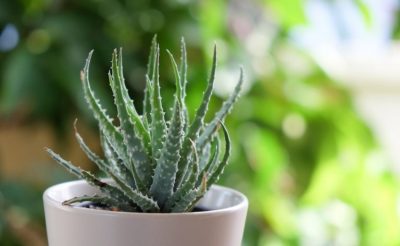
Burrows Tail Sedum: It performs best in hanging basket and prefers medium to high light. Allow the soil to dry between watering.
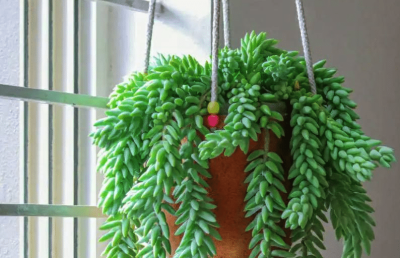
Christmas or Easter Cactus: When in budding state, be careful about watering this plant. The slightest under or over watering can cause buds to drop. Place plant in a cool area (approx. 55 degrees) to initiate flower and bud formation.
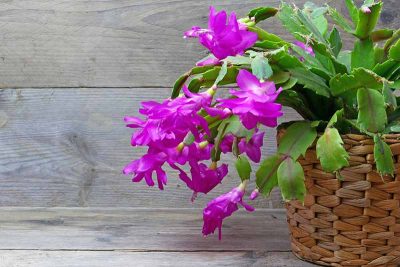
Crown of Thorns: When flowering, only let the top inch of soil dry out. If you let the plant dry out completely it will lose leaves and flowers.
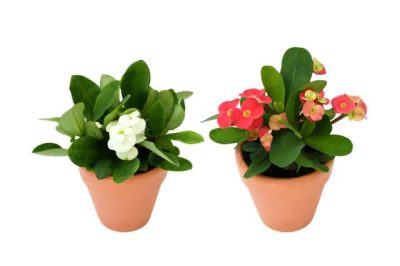
Echino cactus: Needs lots of bright, indirect light and some sun but avoid harsh sunlight as this may scorch the plant
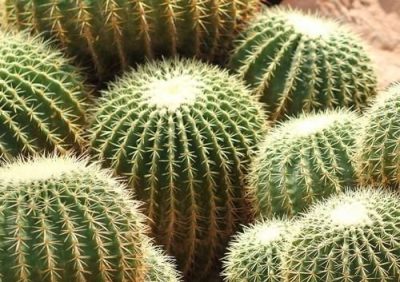
Hens & Chicks: Also known as Echeveria and Sempervirum, these two plants share the common name ‘Hens & Chicks’. Allow to dry out slightly between watering.
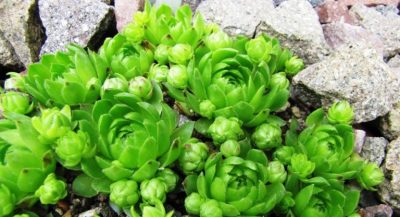
Jade Plant: Very easy to grow! Allow the soil to dry completely between watering. Prune to keep symmetrical.
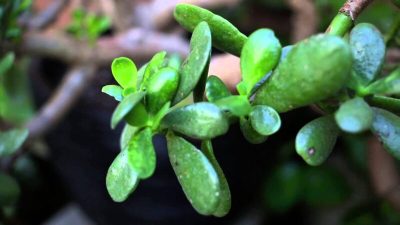
Moonstones: It can be hassle-free plant if you provide them with right growing conditions. Do not water your plant in a way that water droplets splash on its leaves.
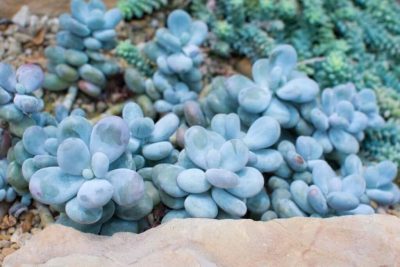
Panda Plant: There are over a dozen types of kalanchoe. Panda is the most common. Grown for it`s soft and fuzzy leaves. Allow the top 2 inches of soil to dry out between watering.
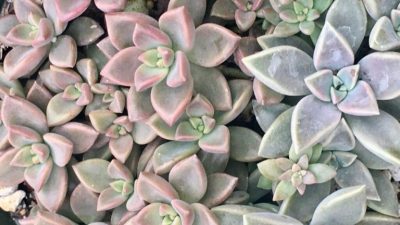
Pencil Cactus: Although very hardy, the Pencil Cactus prefers dry, warm environments. Pencil Cacti like to dry out completely between watering. The most common mistake made with these plants is overwatering.
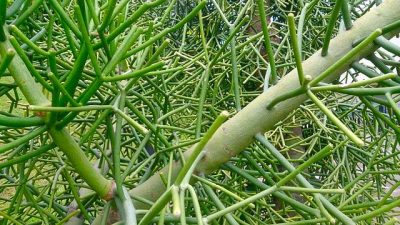
Pincushion Cactus: This is a group of about 200 ball shaped cacti which require extremely high light. Let pincushion cactus dry out between watering.
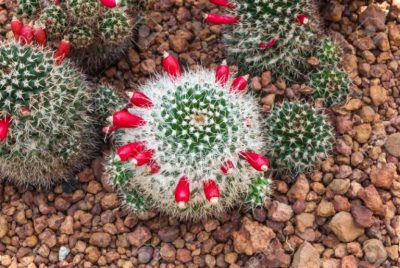
Ponytail Palm: These are not palm trees at all but actually are a member of the succulent family. This plant holds a lot of water in its bulbous trunk so it is perfect for neglectful gardeners.
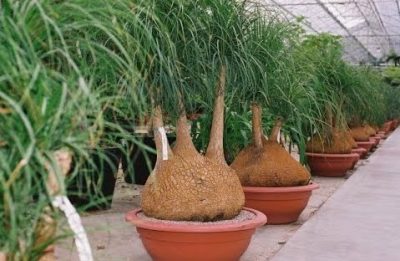
Snake Plant: This is an extremely hardy succulent plant that can handle a lot of abuse. Fertilize once a year and allow the plant to dry out between waterings.
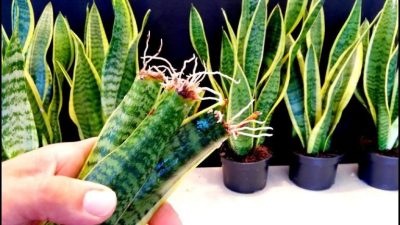
Zebra cactus: Moderate Light Levels Avoid direct sunlight and very shady areas. It requires moderate watering once a week or so in summer and once every two weeks in winter.
